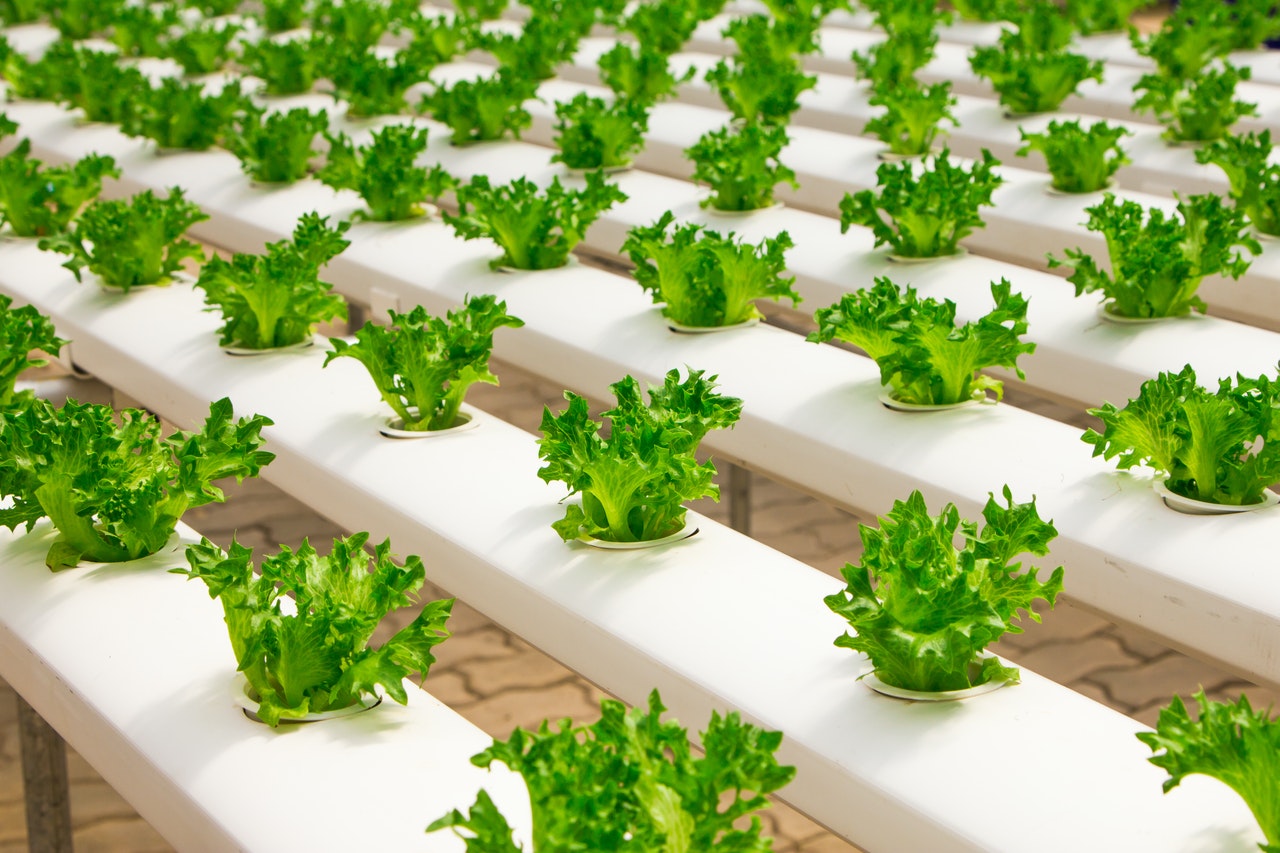When the pandemic started around a year ago, it disrupted the supply chain that sparked fears of a food shortage in the USA. While this was quickly alleviated, many people started their gardens at home to give them a food source in case another food crisis happens again in the future.
If you’re planning to start a garden but are not sure where to start, then continue reading so you’ll know what to do when you’re starting a garden at home.
Decide on What to Plant
The first thing to do is to decide what you’re planting. Are you to have a flower garden? Or a vegetable garden? You can even start an herb garden. Each type of garden offers its advantage.
A flower garden gives you fresh flowers that you can use to decorate the house. A vegetable garden allows you to save money on groceries. You can even sell some of the extra produce you have. Herb gardens give you a supply of fresh spices that you can use for your dishes. And similar to the vegetable garden, you can sell the extra herbs in the neighborhood.
Prepare the Area
Once you’ve decided what you want to plant, it’s time to prepare the area where you’re planting. The area should receive at least six to eight hours of sunlight each day. So, you’ll have to check if your yard has areas that receive a full dose of sunlight each day. You wouldn’t want to plant in the area that’s in the shade.
Once you’ve picked the perfect area, it’s time to prepare it. If there are many unused items in the area, you can put them inside a couple of disposal bins and store them somewhere else. Make sure the area is relatively flat since it’s challenging to work on a garden that’s sloping. You should also check if there’s something that’s blocking the wind in the area. Your plants might not survive if they’re regularly exposed to strong winds.

Make sure there’s a source of water nearby. A water spigot in the area allows you to water the plants whenever necessary without dragging a hose into the area. It’s also a good idea if you can easily see your garden from the house. Putting it in front or across the back door or close to the kitchen window will allow you to check on your plants from time to time.
Before you start planting, you should also remove any sod covering your garden area. After this, you can start to make it fertile. Residential soil typically needs fertilizer since the topsoil was removed when the house was built. The soil might also be too acidic or too alkaline, making it difficult for plants to grow. If you’re unsure about the soil in your garden, you ask the county cooperative extension service to conduct a soil test.
Fertilize and Work the Soil
Once you have the results, you’ll know what to do to make the soil fertile. Normally it requires you to add a three-inch layer of organic matter to the soil. You should dig a small hole in the area before adding the organic matter.
After adding the organic matter, you can start tilling the soil to prepare it for planting. This is necessary so the roots can easily penetrate the soil and allow it to get the nutrients it needs. While tilling the soil is ideal for bigger garden beds, digging into the soil is perfect for smaller garden beds. You can do both methods using a spade.
Choose the Right Seeds
Once the soul is ready, you should make sure to choose the right seeds to plant. Some plants thrive in your area’s climate, while others need a warmer climate to grow properly. There are even plants that need to be planted in a small pot before you can transplant them into the garden.
Choosing the right seeds makes you save time and effort in maintaining your garden. You wouldn’t want to plant something that will not grow in your area. Always check the best season to plant certain types of seed.
Start Planting
At this point, when you already have everything ready, you can start planting. You can plant kale in later winter or autumn. If you’re planning to have tomatoes, you can start growing them when the weather is warmer. You can plant some seeds directly into the garden. These plants include lettuce and sunflower.
You can also opt to do transplants or buy young plants and plant them into your garden. This is an easier way to start your garden since you don’t have to start from scratch. All you need to do is to take care of the plants until they grow.
A food shortage might not happen soon, but it’s always a good thing to be prepared by having a garden at home. Besides, having a garden at home offers a lot of health benefits for you.
